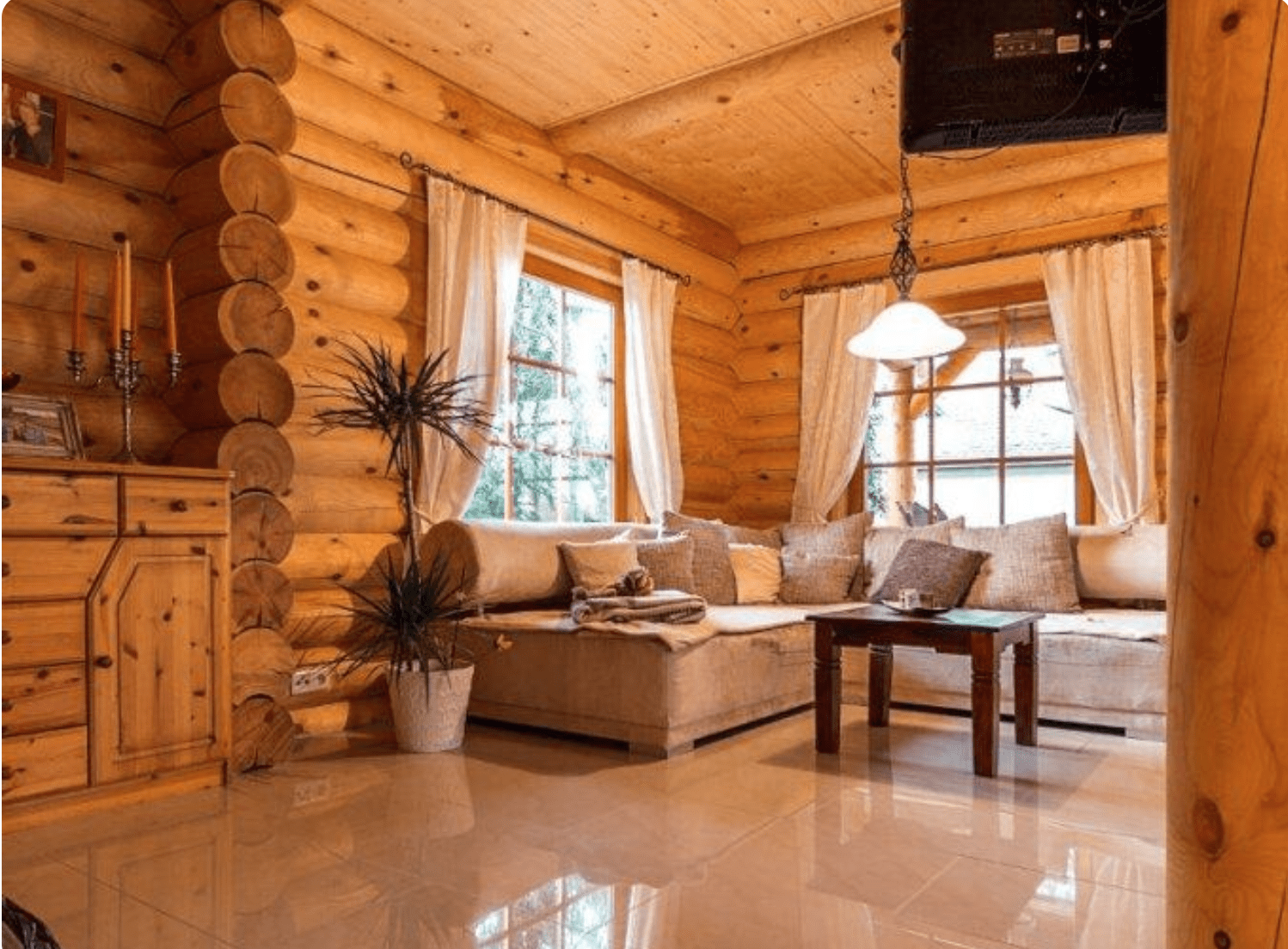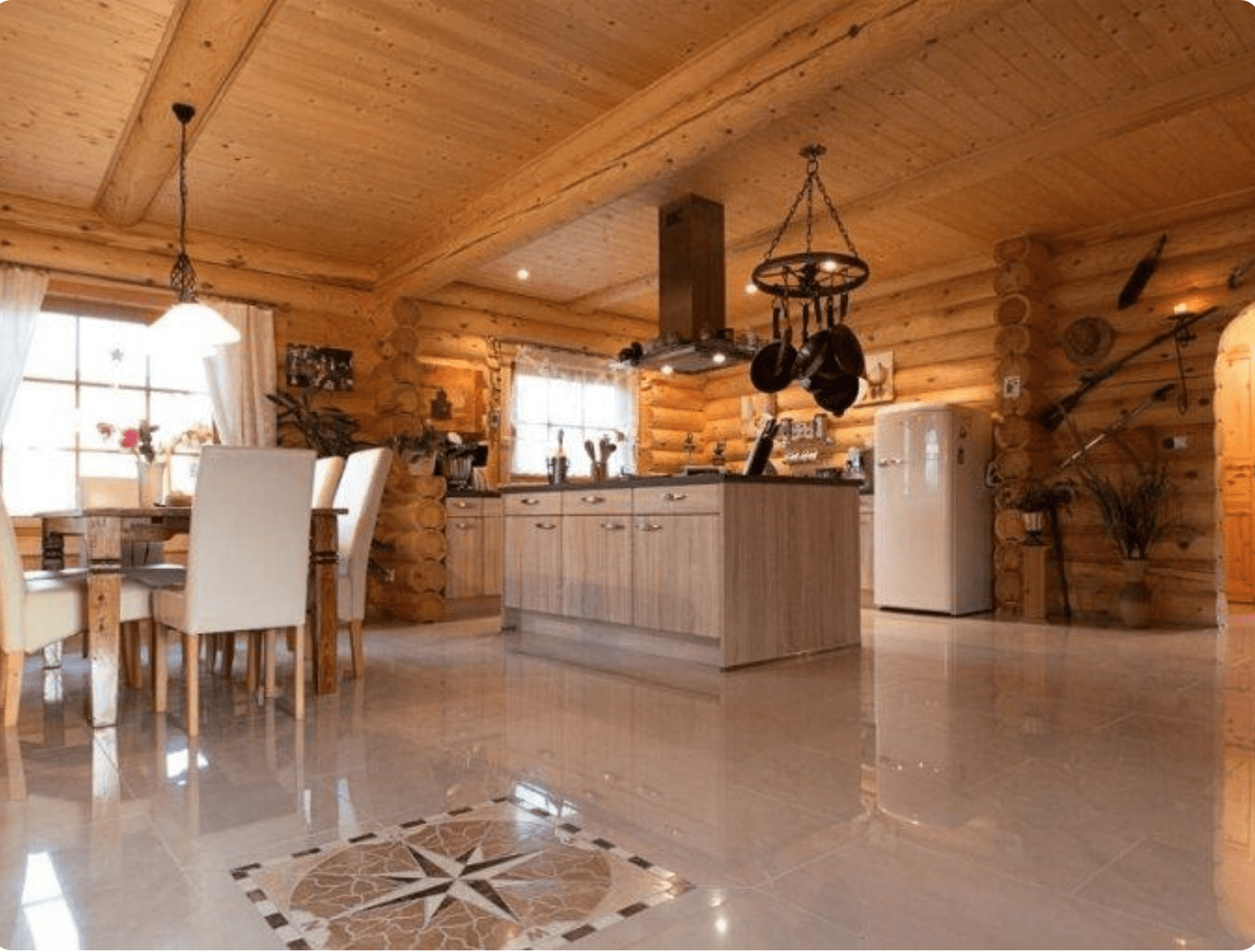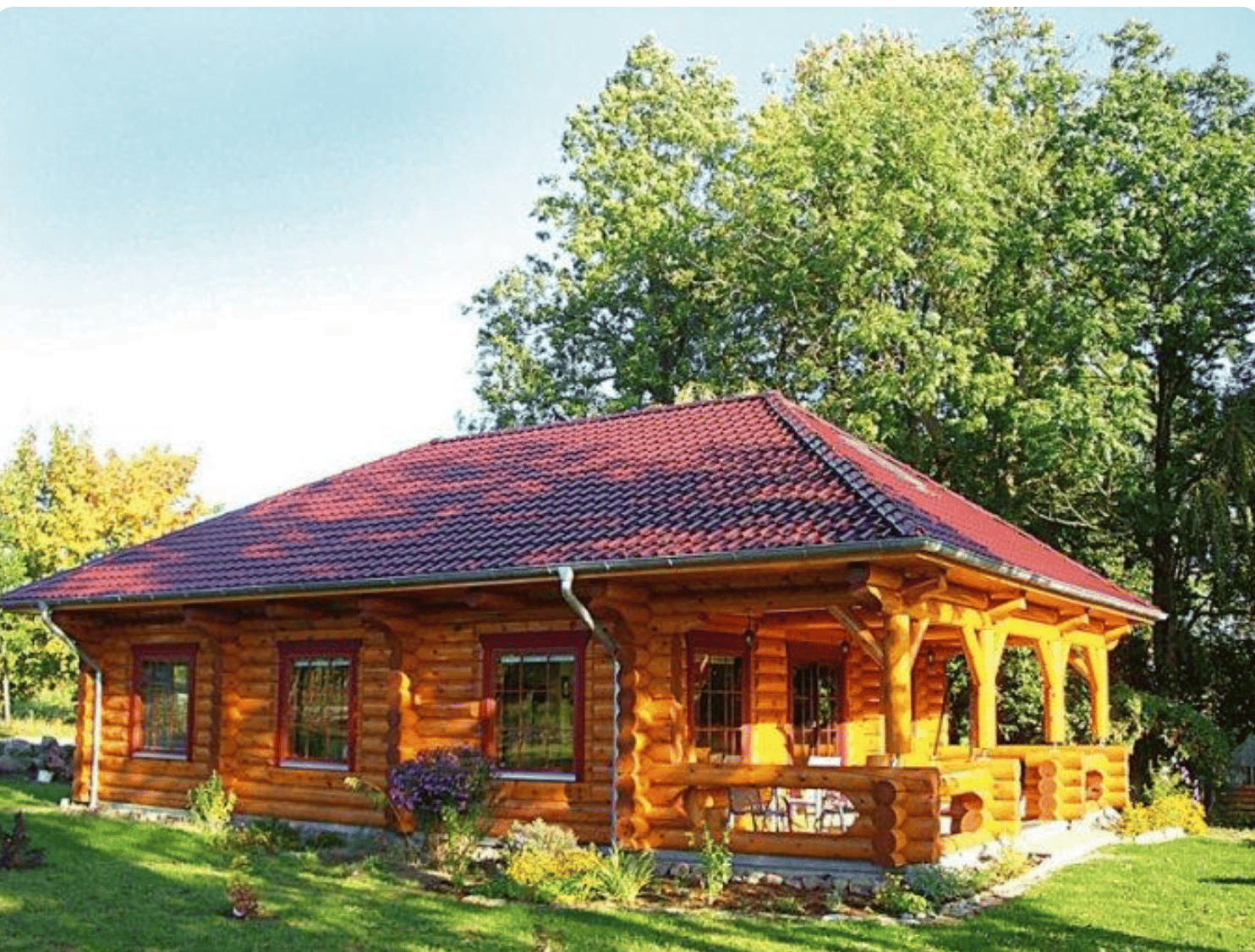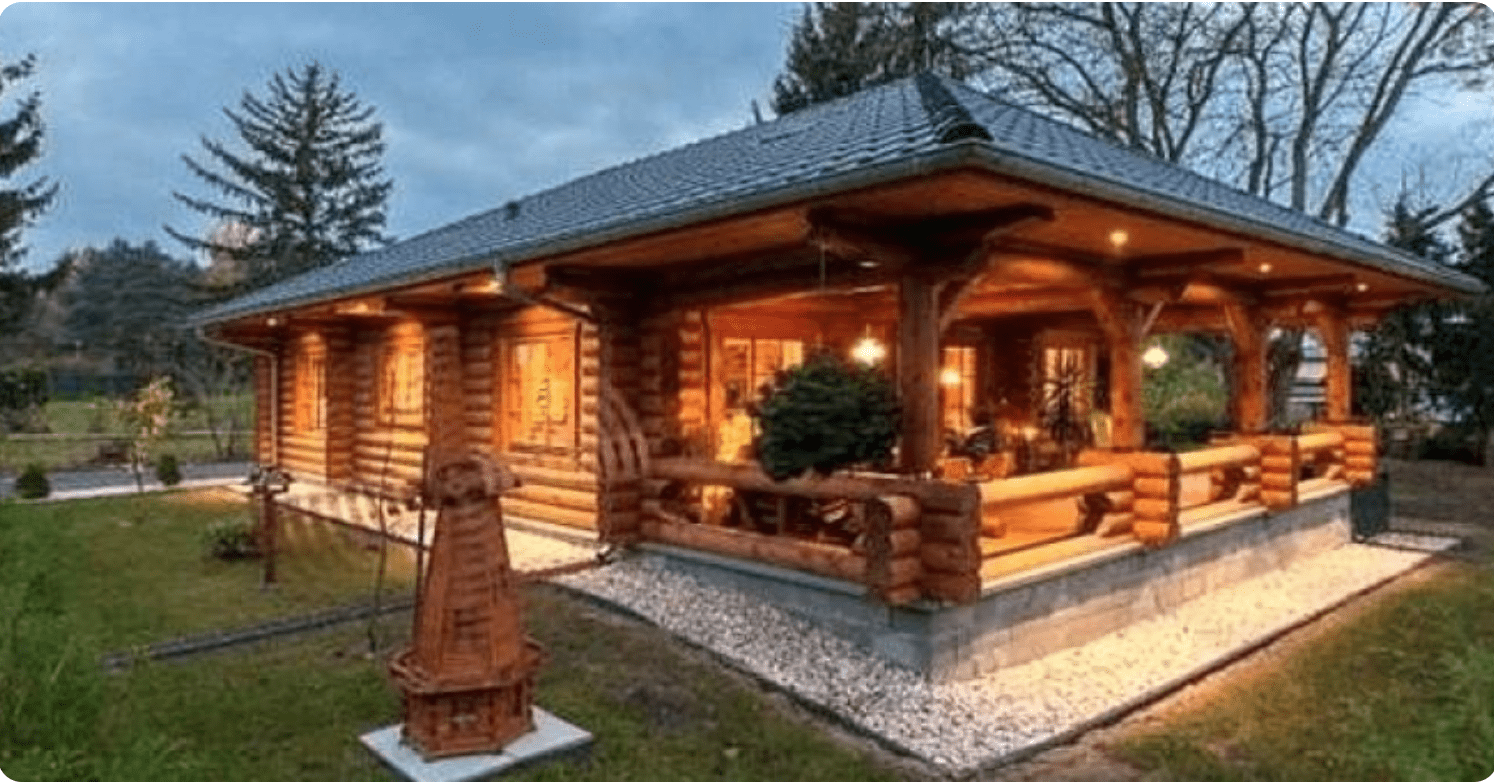Log cabins have long held an allure when it comes to housing options; their cozy atmosphere cannot be replicated elsewhere. More than being visually appealing, log cabins provide practicality and affordability in one package for anyone searching for their ideal home experience.
One might assume a log house would cost too much given its grandeur and rustic charm; however, careful planning and strategic design can actually make these homes quite budget-friendly; an affordable rectangular floor plan for instance provides cost savings without compromising aesthetic appeal or comfort.

The Open Floor Plan Is Your Answer for Easy Entertaining and Family Living
An integral component of many log house designs is an open floor plan. This layout facilitates effortless entertaining while offering ample room for family living and interaction. Minimal walls enable this concept, encouraging free movement around the space as well as ease of interaction among its inhabitants.
Such designs often incorporate a covered porch featuring log railings for relaxation or social gatherings; providing the ideal spot to escape daily life’s bustle and restraints. This outdoor extension also acts as a great respite from its hectic pace!

Log House Sustainability Strategies
By choosing to live in a log house, not only are you opting for an unconventional lifestyle; you are also making an environmentally-friendly housing decision that uses renewable materials like wood.
North Americans typically eschew one specific wood species when designing log homes; softwood species like cedar, pine fir, spruce cypress and hemlock are often preferred; each variety lends a distinct characteristic to a log house design, and builders often have their favorite type. Unfortunately there isn’t one-size-fits-all when it comes to designing log houses; personal preference will ultimately decide.

Understanding Wood: Understanding Its Structure and Composition
Wood, the primary material used for building log houses, features an eye-catching structure that adds character. Composed of hollow spindle-shaped cells arranged along its trunk in parallel lines, its appearance comes courtesy of these cells which significantly influence its properties such as strength and shrinkage.
Each year, trees add another annual ring to their growth – this consists of earlywood formed during spring growth and latewood added later during the season; with earlywood often having light colors while latewood being darker-hued to increase aesthetic charm of log houses.

Wood’s Thermal Properties Are At Their Finest: Optimizing Energy Efficiency
Wood’s thermal properties make it an energy-efficient building material. Much like stone, wood’s thermal mass allows it to keep temperatures comfortable inside by absorbing and gradually dissipating heat as temperatures decrease; much like sitting under a rock during an August ray!
Wood conducts heat more slowly than other building materials like brick or concrete, which means it doesn’t store as much heat, yet still transfers it relatively efficiently, increasing energy efficiency.
Log cabins provide the ideal combination of aesthetics, practicality, affordability and sustainability. Their open floor plans facilitate easy entertaining and family living while their eco-friendly construction from renewable materials makes them an eco-friendly solution. Furthermore, understanding wood structure and thermal properties add charm and energy efficiency – an attractive combination that makes log houses an appealing and energy efficient housing option.